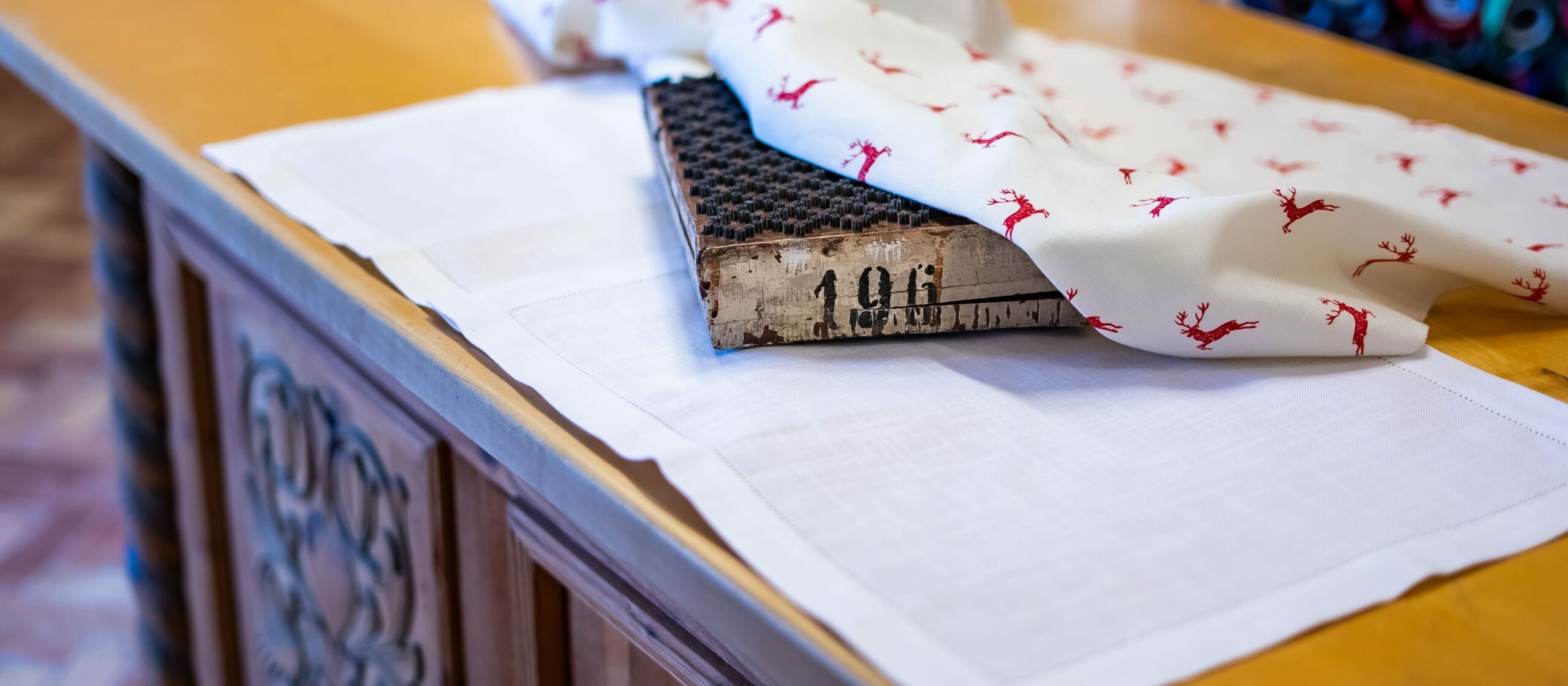Willkommen bei den
Österreichischen
Heimatwerken
Tradition, die verbindet.
Herzlich Willkommen
Tradition mit Zukunft
Die Heimatwerke in den Bundesländern sind sympathische Spiegelbilder regionaler Lebenskultur. Das breit gefächerte Angebot an stilvoller Trachtenbekleidung, edlen Stoffen, handgefertigten Geschenks-Ideen, unverwechselbarem Home-Interieur und vielen anderen schönen Dingen ist bei Einheimischen und Gästen gleichermaßen begehrt.
Handwerk mit Leidenschaft
Einige Heimatwerke sind auch für ihre ausgezeichneten Maßschneidereien begehrt und beliebt. Hier wird mit viel Liebe und Leidenschaft Trachtenbekleidung von Hand gefertigt, meisterlich und wunderschön.
Kompetenz durch Begeisterung
Die Heimatwerke setzen aber auch wichtige kulturelle Impulse. Sie stehen für eine lebendige, kreative Trachtenerneuerung mit entsprechend fachlicher Kompetenz und geben wertvolle Impulse für eine zeitgemäße Volkskultur. Heimatwerk vermittelt Lebensfreude und regionale Werte
Eine traditionsreiche Geschichte
Die Heimatwerk-Idee hat eine lange, interessante Geschichte. Neugierige erhalten interessante Einblicke in die Entwicklung der Heimatwerk-Bewegung, deren Engagement sich heute in einem Europa der Regionen ausdrucksstark und äußerst individuell widerspiegelt.
